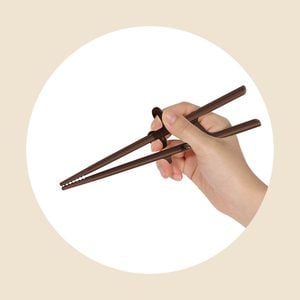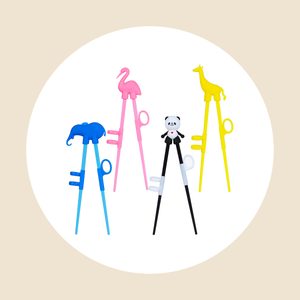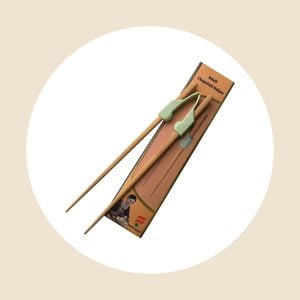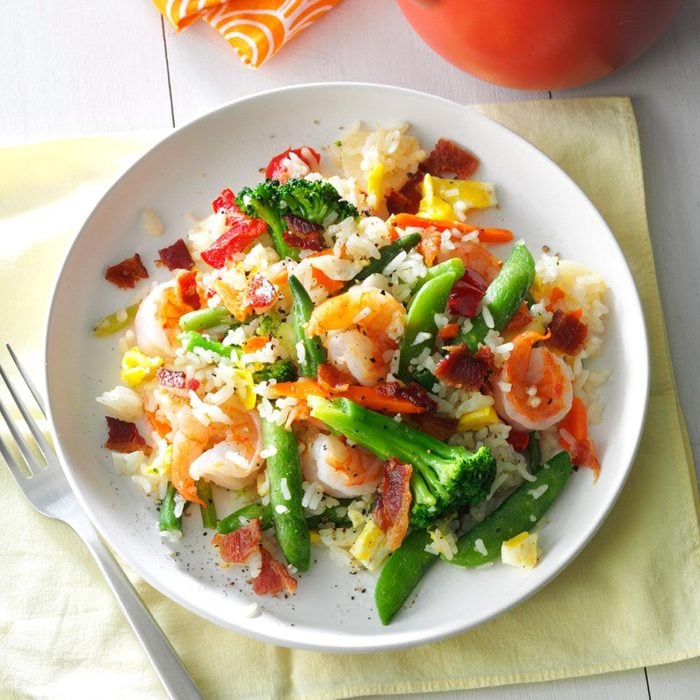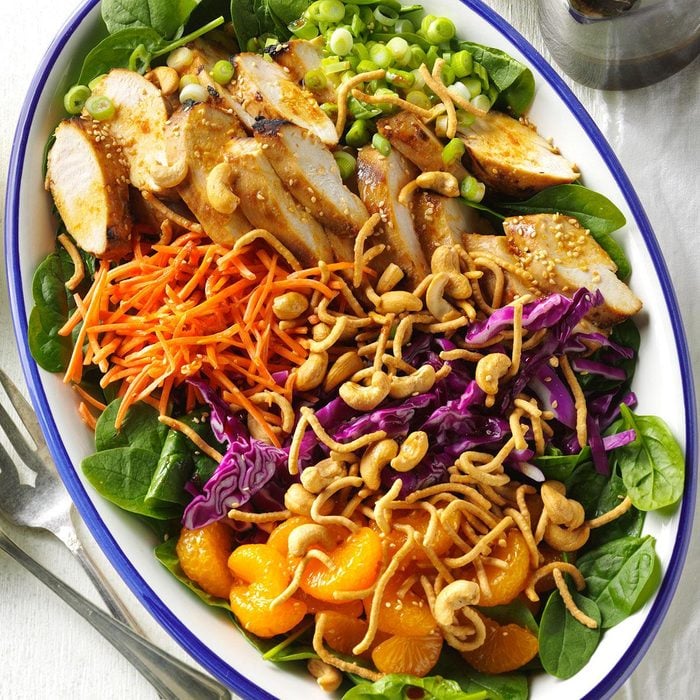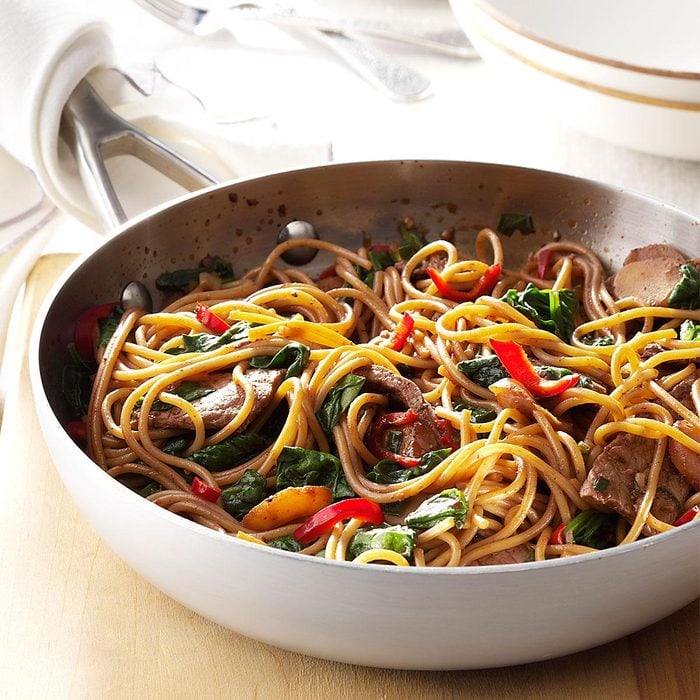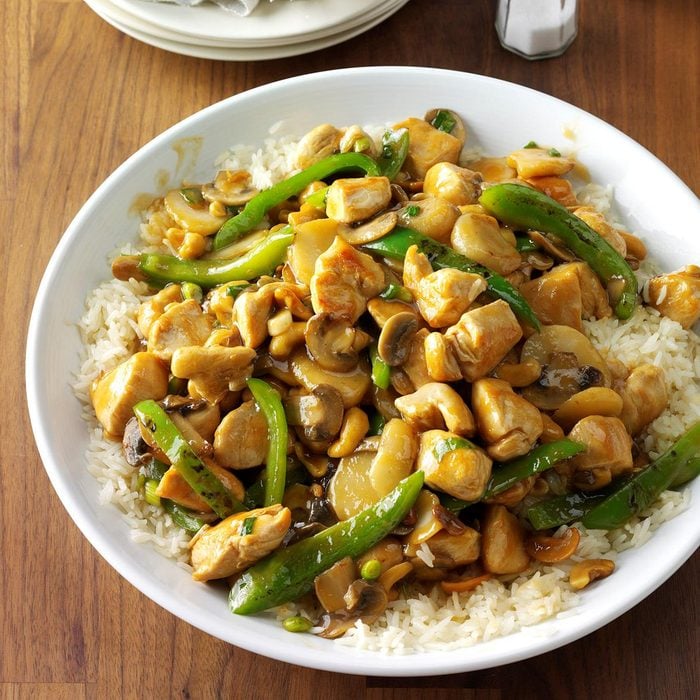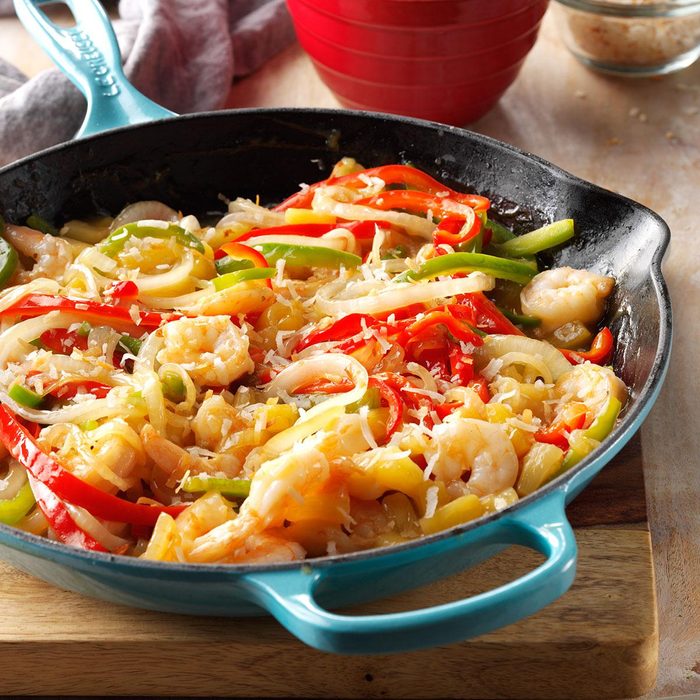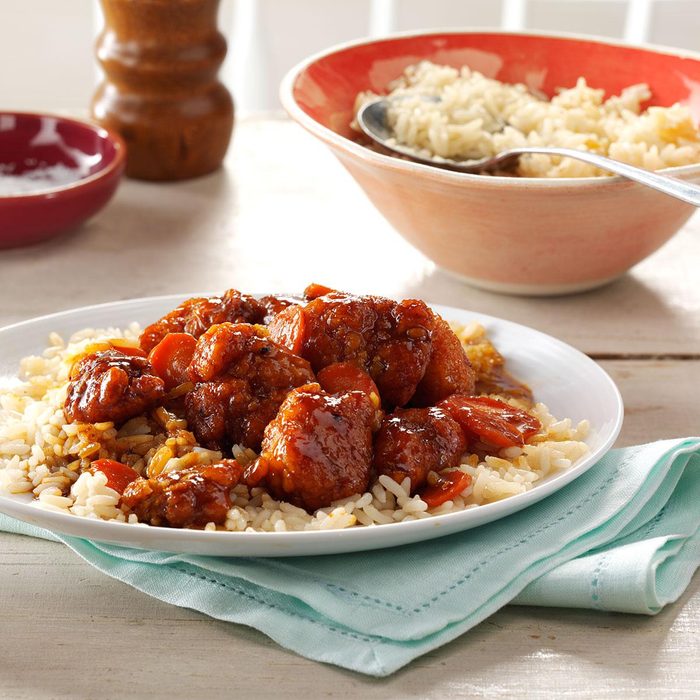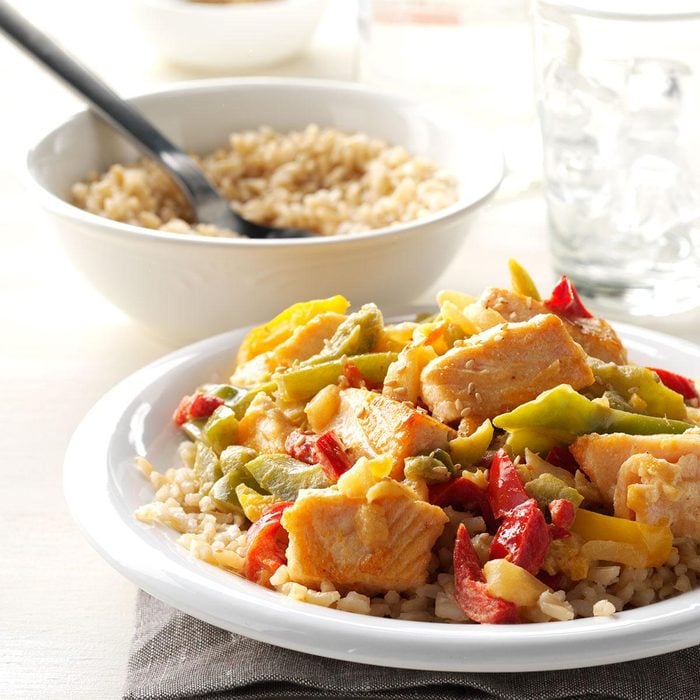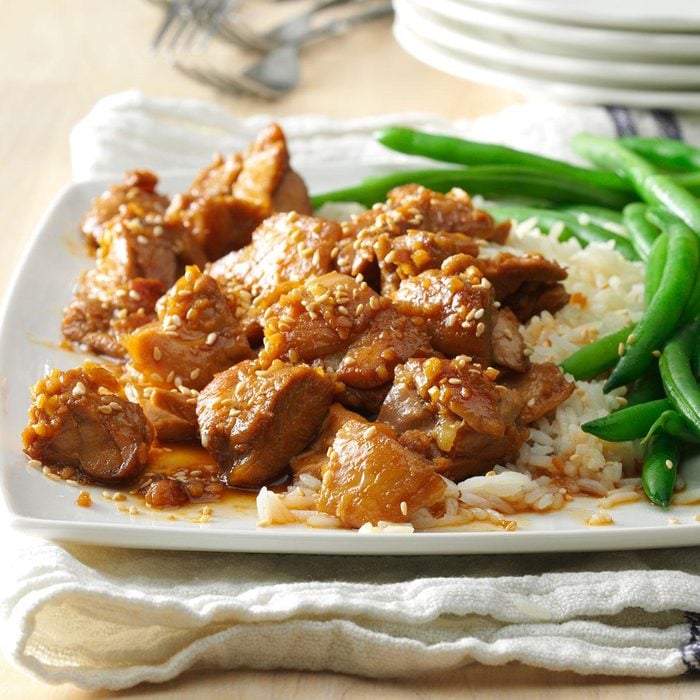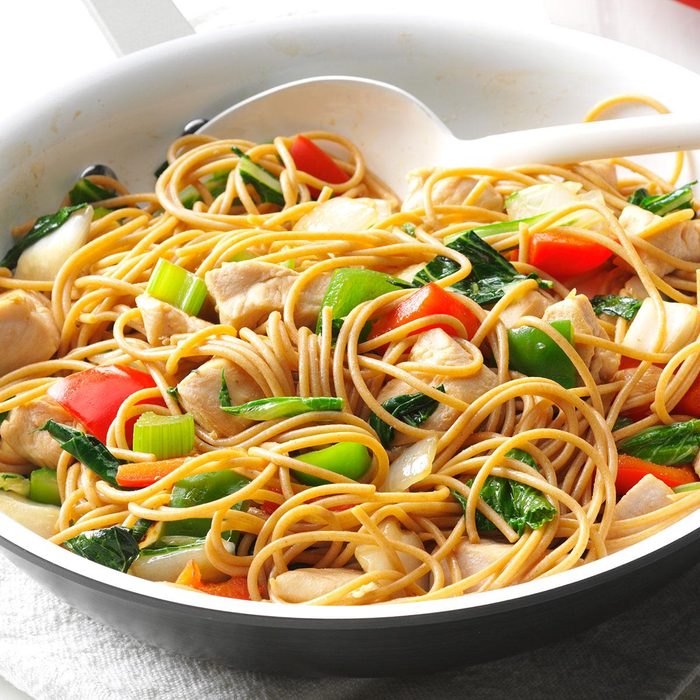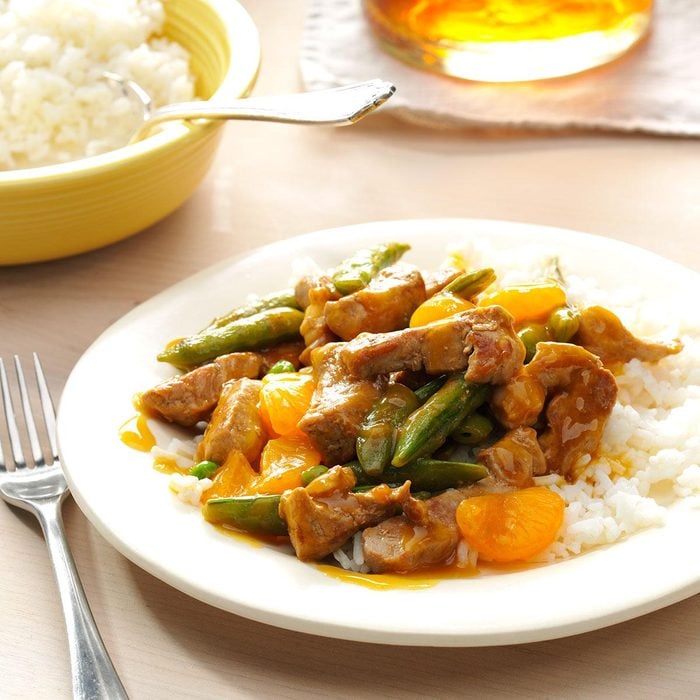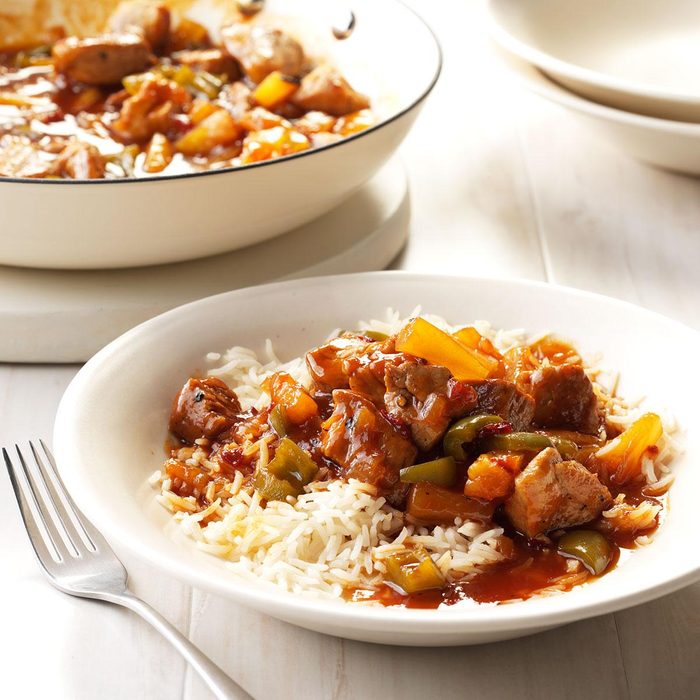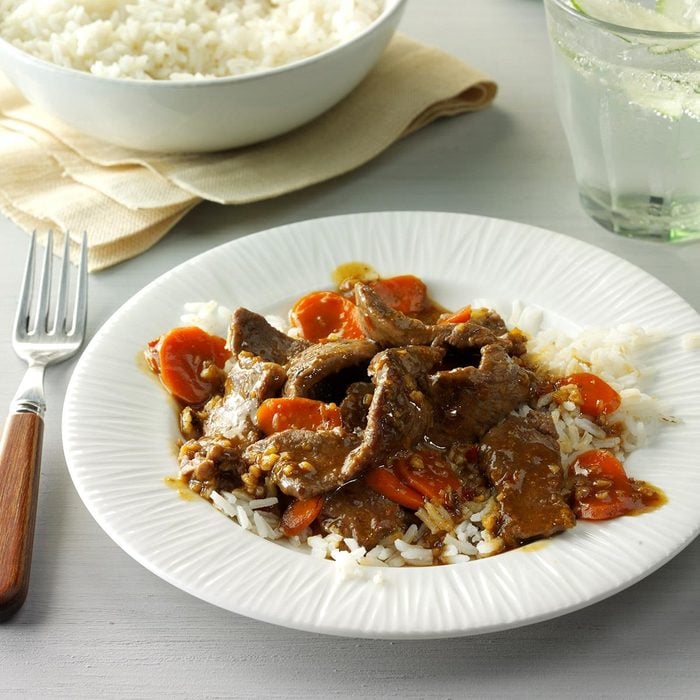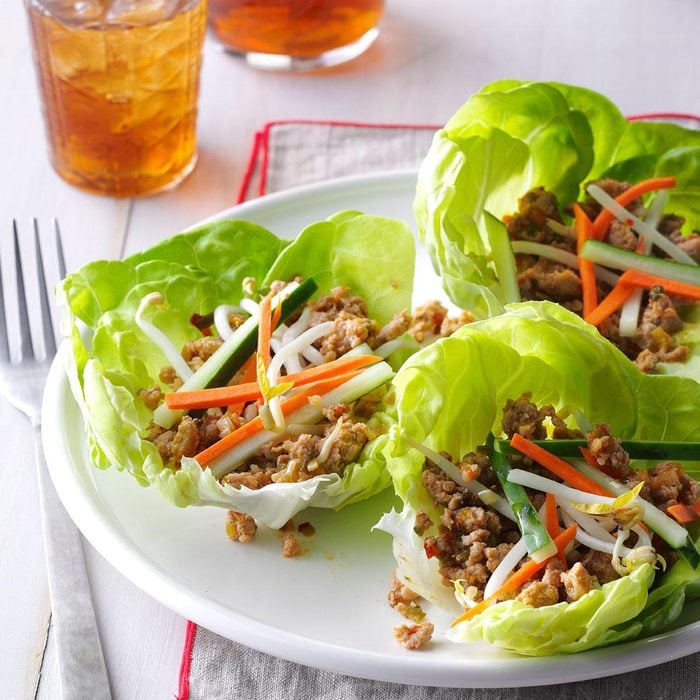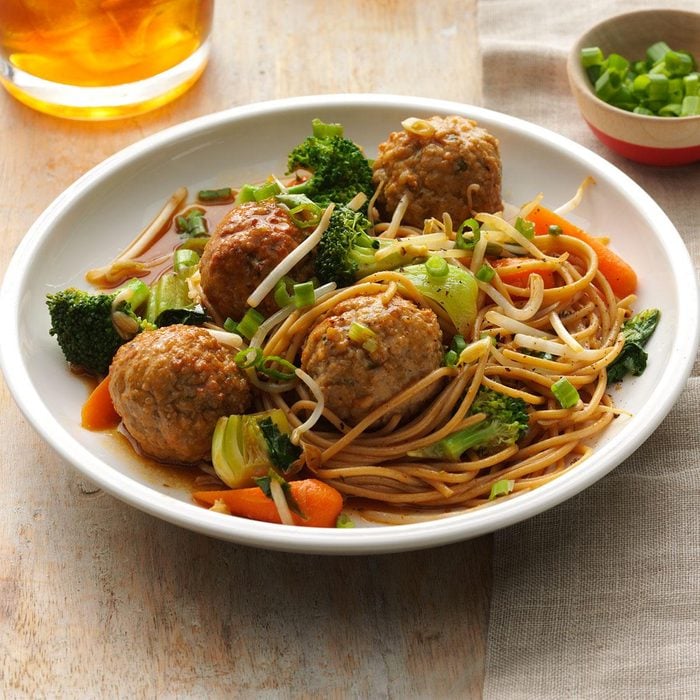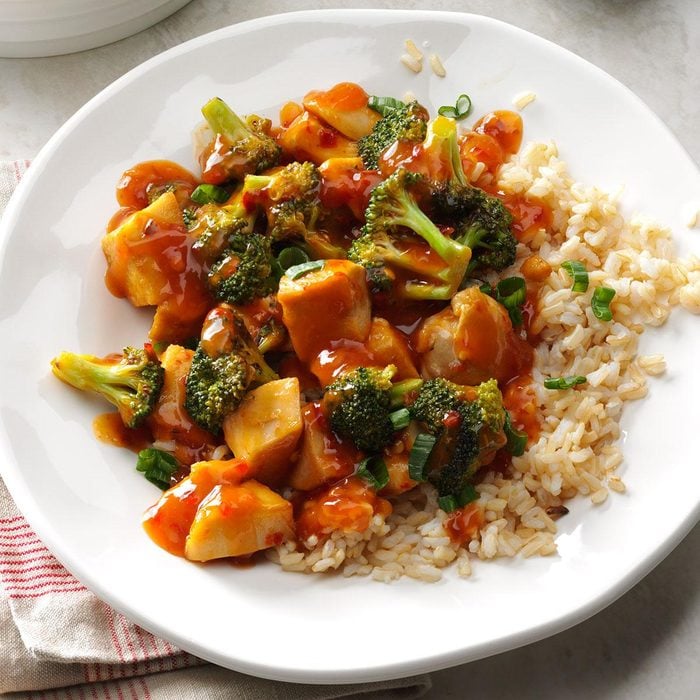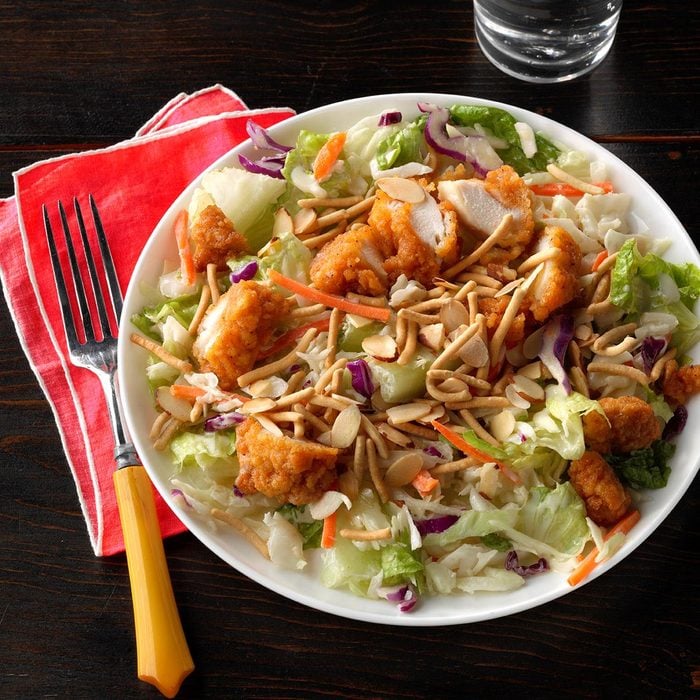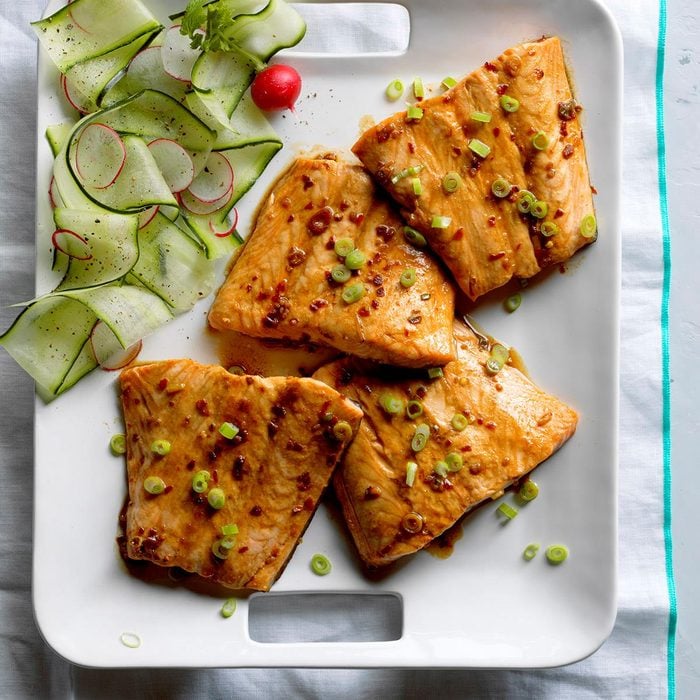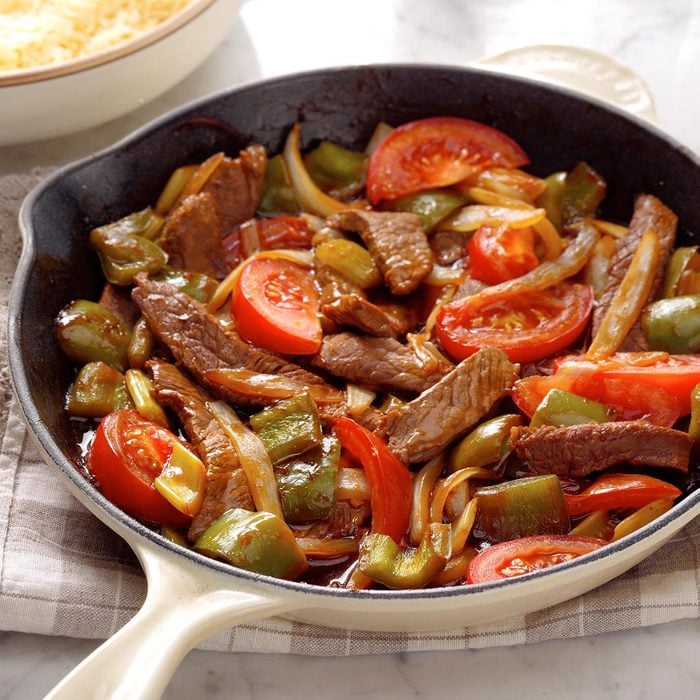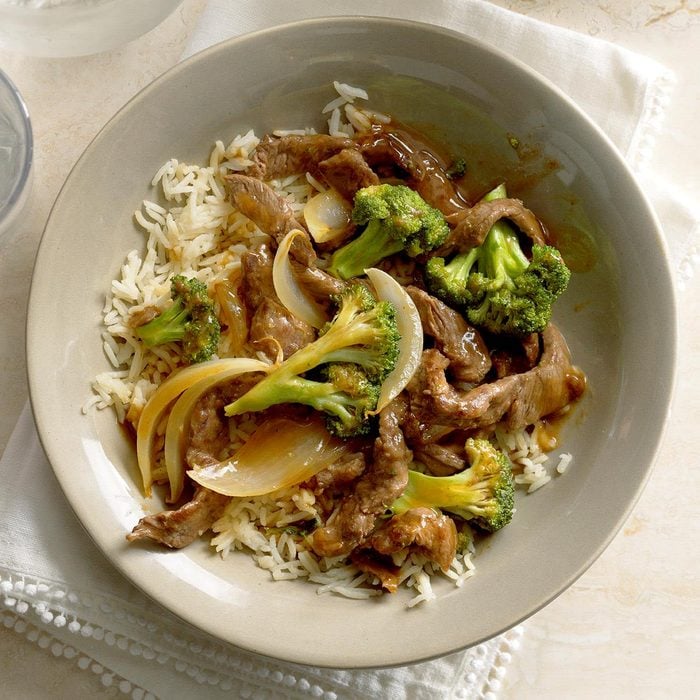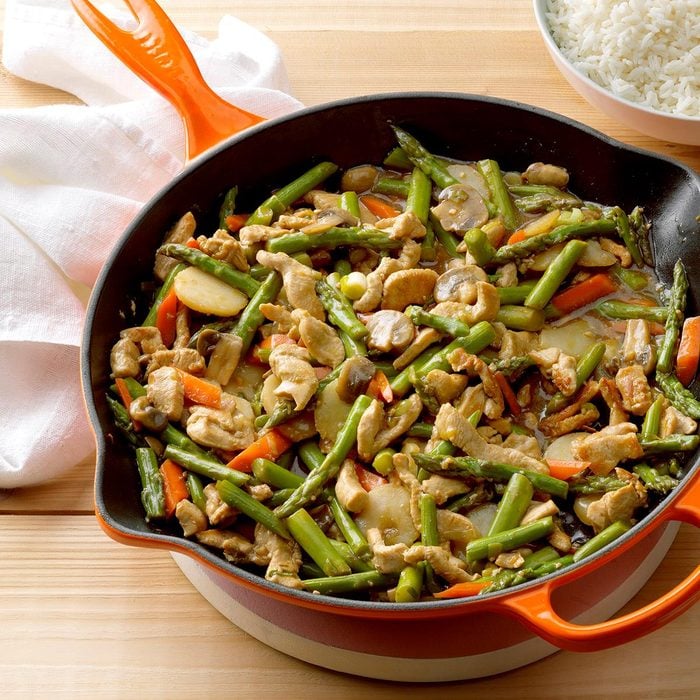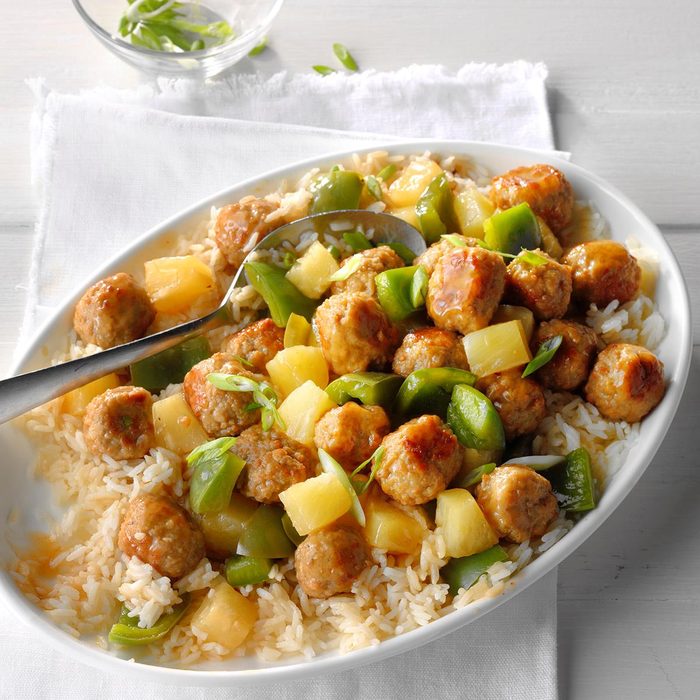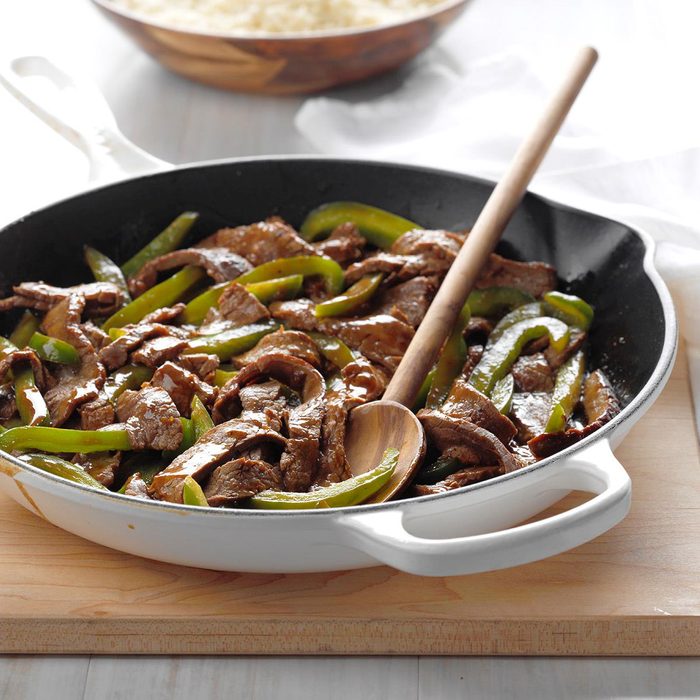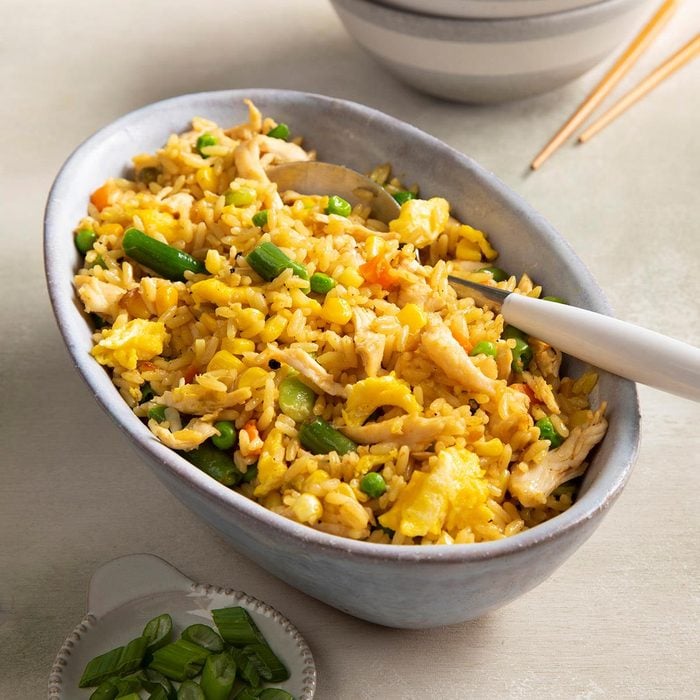How to Use Chopsticks
Updated: Aug. 23, 2023

I'll explain how to use chopsticks—and share some quirky lore on what the way you hold your chopsticks says about you.
The last time I went to visit my parents, my mother thrust a packet of gold-trimmed chopsticks into my hands.
“Mom, why are you giving me these?” I asked. I learned how to use chopsticks when I was so young that I don’t remember a time when I didn’t know how to use them. My utensil drawer at home is already overflowing with chopsticks—and she knows this.
My mother adjusted her glasses and shrugged. “筷子 (Kuàizi) 快樂 (Kuàilè),” she replied, trying to sound nonchalant. She explained “chopsticks” and “happiness” sound alike in Mandarin and that she was merely wishing me happiness.
Having been her daughter for over 40 years now, I knew there was more to it. When I asked around, I was immediately informed that 筷子 (Kuàizi), or chopsticks, are gifted to couples to mean 快生孩子 (Kuài shēng háizi), which translates to “quickly have a child.”
Apparently, my sneaky parents yearned for more grandkids and used Chinese superstition to try and get their way. Shaking my head, I had to laugh. Dutifully, I flew home with chopsticks in my suitcase, even though we have no plans for more children.
The primary function of chopsticks—which has nothing to do with wished-for grandbabies—is of course as an eating utensil used by billions of people around the world. Invented in China around 1200 BCE, chopsticks are now used daily across many Asian countries, including Korea, Japan and Vietnam and in the Asian diaspora.
On This Page
How to Hold Chopsticks Correctly
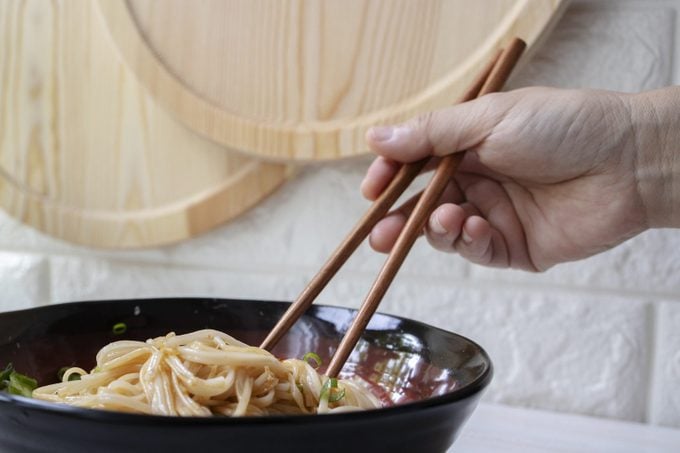
Though videos of tiny tots using chopsticks like a pro garner millions of views on YouTube, learning chopsticks can be tricky for folks who didn’t grow up with them. Here’s a quick tutorial on how to use chopsticks:
Step 1: Hold one chopstick in your dominant hand like you’re holding a pencil, then slide the chopstick, if needed, so your hand is at about the half-way point.
Step 2: Without loosening your grip, straighten your middle, ring and pinky fingers, allowing the chopstick to rest on the nail of your ring finger, sandwiching it firmly in place with the pad of your middle finger.
Step 3: Angle the chopstick at about 45º. You should still have a firm grip.
Step 4: Lift your index finger and add the second chopstick in place, parallel to the other.
Step 5: Adjust the position of your thumb as needed so you are squeezing the top chopstick with your thumb and the underside of your index finger. (The upper joint of your thumb should still be holding the bottom chopstick in place.)
That’s it—you’re in position. The index finger is the one that you will move the most to control picking up those dumplings and noodles. You’ll need practice to control those finger muscles and joints, but you’ll get there! And if you deviate from the instructions above to find something else that works for you, there’s no wrong way to use chopsticks as long as you’re getting the food in your mouth relatively neatly. There are, however, cultural etiquette and taboos to keep in mind.
Chopstick Etiquette
- Do not stick chopsticks straight up in a bowl. This resembles the way incense is burned to honor the dead and is considered very bad luck.
- Don’t drum or play with chopsticks in any way. Chopsticks are not toys. These eating utensils are considered sacred as they are used on family altars.
- Don’t hold chopsticks above your head to drop food into your mouth. I don’t know if this was just my parents, but they absolutely lost it saying it was rude and vulgar if my brother and I ever did this as kids. (Note: Holding a bowl up to your mouth and using chopsticks to scoop food in is considered fine.)
- Don’t chew or suck on chopsticks. Just seems like bad manners, right?
- Don’t use personal chopsticks on shared plates. This one may seem obvious, but family-style meals should come with serving utensils—use those instead of personal chopsticks for communal dishes.
- Don’t point at people or gesture with chopsticks. This is considered rude. You wouldn’t do this with Western cutlery, so the same standard would apply for chopsticks.
- Don’t put chopsticks in your hair. Unless you want to look like Ariel combing her hair with a fork, putting eating utensils in hair is ill-advised.
Fun Lores About Chopsticks
These “facts” are not universally believed and are more like quirky sayings many folks grew up with, which vary by region and family.
- There is much contrasting lore about how high or low one holds chopsticks, such as:
- The further up one holds them, the further one will move away from their family when they grow up.
- The higher one holds chopsticks, the further away their future spouse currently resides from them.
- Holding chopsticks too close to the bottom may be a sign that they will get married too early in life.
- Some believe the higher one holds chopsticks, the wealthier they’ll become.
- Holding chopsticks too close to the bottom denotes an unhealthy attachment to their parents.
- If one’s thumb sticks out while holding chopsticks, they might be selfish.
- Couples sometimes give away chopsticks to guests at their wedding to symbolize a long-lasting pair (and probably that thing about having sons/children quickly).
The Best Chopsticks for Beginners
If you’d like more help, here are some products for beginners to set you up for success with chopsticks.
Training Chopsticks: Chopsticks with training rings help you learn where to position your fingers and can be ordered for left- or right-handed people.
Chopsticks for Kids: Training chopsticks for kids are also available in a wide variety of colors and designs for little hands.
Chopstick Helpers: This type of training chopsticks doesn’t have rings for your fingers but connects at the top, which might be helpful for arthritic hands or thicker fingers.
Once you master chopsticks, consider picking up a pair of extra-long ones for cooking. These are so useful for precise flipping and frying, they just might change your life in the kitchen!





















